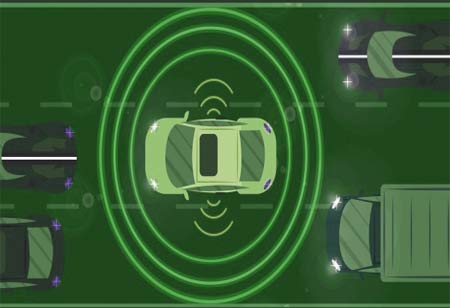Many battery materials have changed over the past few years to enhance characteristics like safety and energy density, but testing applications have remained mostly the same. The optimization of throughput and repeatability of results has brought about the most notable modifications to testing processes.
Fremont, CA: Compression, tensile, and peel tests make up the majority of mechanical testing in the electric vehicle battery (EVB) sector. Weld strength, separator film, and current collector foils (copper and aluminum) are the main components tested in tensile tests.
Peel testing can be carried out in several ways and mainly involves assessing the electrode's adherence to each current collector (anode and cathode).
The three main types of compression testing are separator film puncture, foam, and cell-level testing. Destructive tests like nail penetration and non-destructive tests like swell testing exist for cell-level testing. Apart from the mechanical tests, an array of electrical tests are conducted, encompassing resistivity, resistance, and voltage testing, as well as more complex tests like electrochemical impedance spectroscopy (EIS).
These electrical tests are carried out when a cell or battery material is being mechanically tested, when the cell is being used, or when it is being charged or discharged. Most testing volumes are often associated with separator film, current collectors, and thin foil quality control testing.
Tests that start at the research and development (R&D) phase are frequently included in a business's quality control evaluation of the cells, materials, or components.
Many battery materials have changed over the past few years to enhance characteristics like safety and energy density, but testing applications have remained mostly the same.
The optimization of throughput and repeatability of results has brought about the most notable modifications to testing processes.
Pros of Electrical and Mechanical Testing
Concurrently, doing both tests improves the customer's testing capacity and the usefulness of the information gleaned from a straightforward uniaxial testing apparatus.
This two-pronged method can yield important insights and essential indicators of manufacturing process flaws. In the end, this means insufficient materials or cells are excluded earlier and cannot finish production.
There are various benefits to combining electrical characterization tools with a mechanical tester that can collect all the data simultaneously.
First, it is possible to significantly increase the visibility of the relationship between mechanical and electrical events or state changes.
Users may thoroughly understand the impact of a change in any condition—whether in mechanical forces, electrical status, or even temperature—by simply superimposing charts and data. By collecting time-synchronized and centrally managed data, this enhanced testing method adds value to the gathered data. Benefits may also include a decrease in the quantity of specimens that need to be ready for testing.

 Copyright © 2025 AutoTech Outlook. All Rights Reserved | Privacy Policy | Subscribe | Sitemap | About us | Feedback Policy | Editorial Policy
Copyright © 2025 AutoTech Outlook. All Rights Reserved | Privacy Policy | Subscribe | Sitemap | About us | Feedback Policy | Editorial Policy